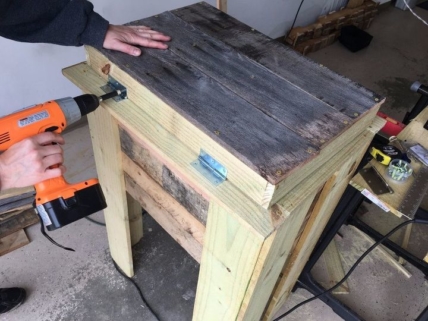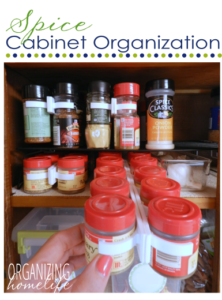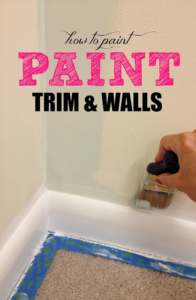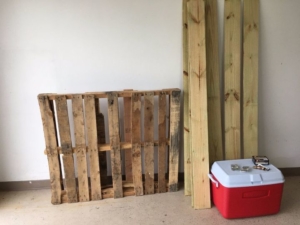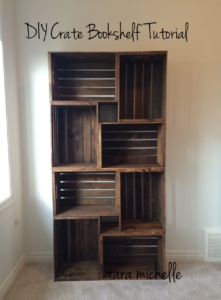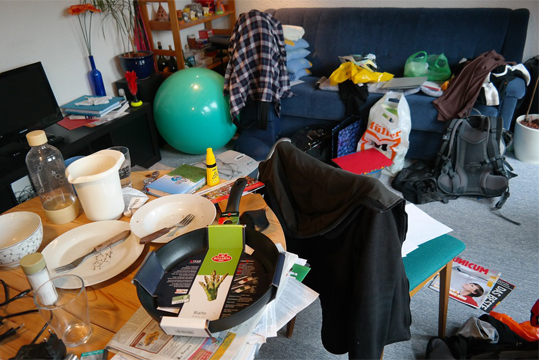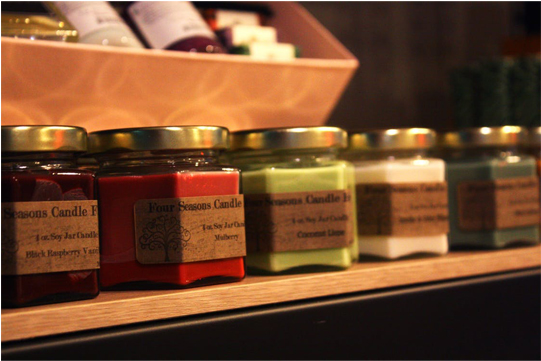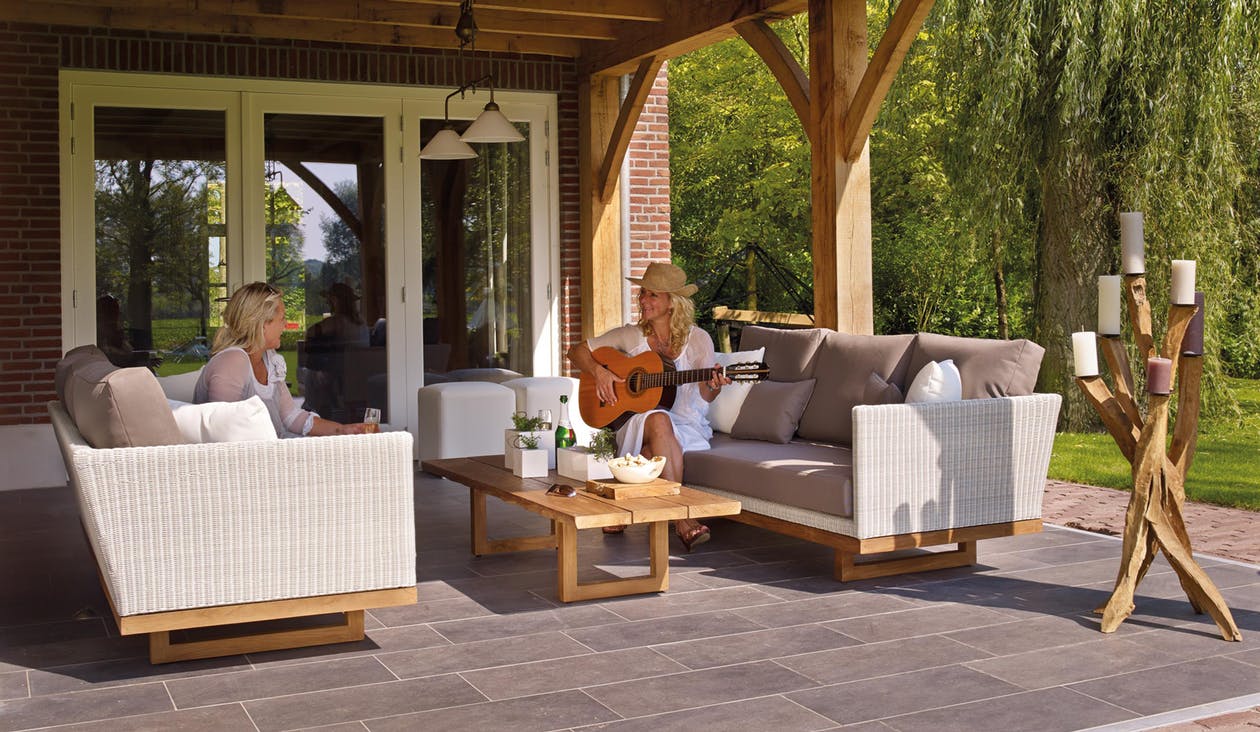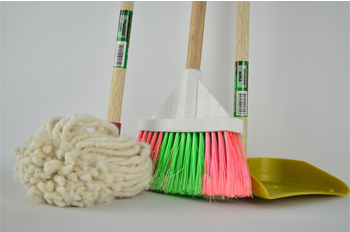Important Things to Consider Before Buying Your Next Home
Whether it be your first home or you’re deciding to make a change, buying a home can be a time-consuming and complicated process. To ensure your purchase goes as smooth as possible, it’s essential to know what you’re looking for and go into home buying with your priorities in order. Here are a few things to consider before buying your next home:
Move-in Ready or Fixer-upper
When you’re on the hunt for your next home, it’s crucial to know if you’re looking for something move-in ready or a fixer-upper. There are benefits to buying each type, but ultimately it’s up to you, your needs, and what you’re willing to take on. A move-in ready home has the perk of being able to enjoy it right away. Once your purchase is complete, and your family settles in, all that’s required of you is to kick back and relax. Turnkey homes also come with attractive upgrades such as high-end fixtures, appliances, and flooring, that require little to no work from you. Search move-in ready homes on the market right now!
If you decide to find a diamond in the rough, you’ll be able to do so for a lower price tag. Due to this, homes in need of updates are perfect for people who are looking for something budget-friendly. A cheaper price point can provide you with extra money to complete renovations and transform the space into your dream home.

Kitchen Layout
The kitchen is one of the most popular rooms in the home, and can also be a key selling point in the home buying process, so it’s essential to keep the layouts in mind as you’re viewing homes. Don’t feel as though you have to stumble upon your dream kitchen, or sacrifice other aspects to acquire a luxury kitchen as you can always make updates and minor renovations. As long as the layout is functional and what you’re looking for, you can make changes to transform the space into what you truly want.
Kitchen remodels are one of the most common projects that homeowners complete, and it’s no surprise since they are a gathering point in the home. Should you decide to perform a kitchen renovation to achieve your dream kitchen, consider kitchen remodel costs to help you assess your needs and wants for the room. For example, refinishing cabinets, new hardware, and light fixtures, flooring, and appliances can all be incorporated into a minor kitchen remodel, without having you redo your entire living space.
Price Point
Before you begin looking, you should determine your price range and ensure you’re pre-approved for a home loan. This will help you stay on budget and find a home within your means to live comfortably. It’s also essential to research the house and ask questions before you move forward and are left feeling as though you received a poor deal.
Once you’re ready to move forward, you must assess your monthly debts to determine your down payment percentage. Many argue that at 10% downpayment will do the trick, and can leave you with extra money in your pocket for home improvement projects or other additional expenses. The downside of a lower downpayment is that it can lead you to high monthly mortgage payments and can even be more challenging to receive approval.
Instead, consider a down payment of 20%, as this can be beneficial in the long run. This can provide you with a smaller loan, lower monthly payments, and more equity. Just keep in mind that a 20% downpayment will require some saving ahead of time!
Location is Important
Wherever your new home may be, you will be driving to and from each day, and that can be a dealbreaker for some, if not most, people. Viewing a home before researching the neighborhood can lead to problems down the road.
Most buyers want a location that provides them with easy access to their everyday commutes, as well as main roads or other places you may frequent the most. If your previous drive to the grocery store was short, and home farther away may make routine tasks feel like a hassle. Be sure to speak with your realtor about neighborhoods and streets you prefer, as you want to be happy and comfortable where you settle down.
Needs vs. Wants
It can be easy to fall in love with large houses that come with all the bells and whistles. It’s important you remember your budget and develop a list of needs and wants for your future home. Don’t buy over budget as that can lead to issues down the road, and make living in your home more complicated than it needs to be.
Be sure to begin simple, and slowly upgrade. You don’t have to furnish each room with brand new items. Instead, start with what you have, and with every new purchase, you integrate into your home, remove or sell something old to prevent clutter.
If you take these considerations with you into the home buying process, you’ll be sure to have a smooth sailing purchase and a home you love.










